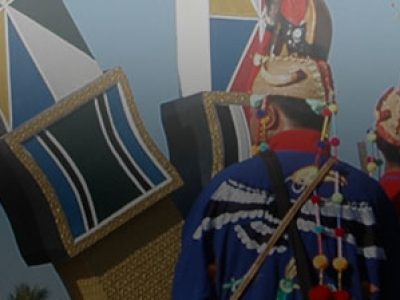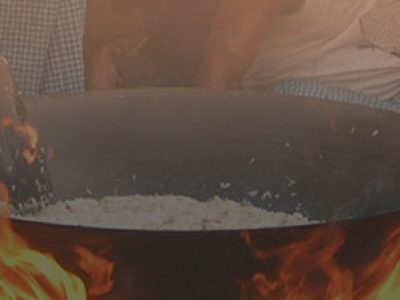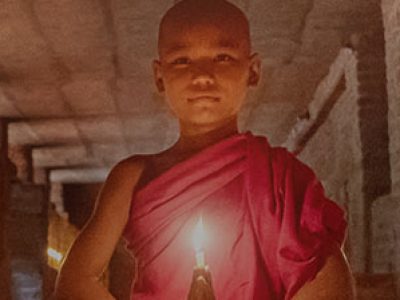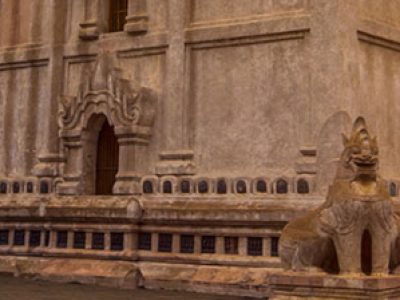Myanmar Travel Information
- Home
- Myanmar Travel Information

Myanmar Festivals. There are seven states and seven divisions in Myanmar. Among them. Kachin is one of the states. which has a delightful festival known as Manaw. Kachin. the hill people or the Scots of Myanmar. celebrate Manaw festival. It is one of the most popular festivals in Myanmar. The festival is usually held in [...]
Read More

Htamane festival is held between February and March. throughout the whole country. It is made of sticky rice and sesame seeds. One large pan requires 4 small baskets of sticky rice. 20 coconuts. one small basket each of peanut and sesame seeds. 4 kilo of oil. 0.32 kilo of ginger and some salt. Making of [...]
Read More
![]()
Taunggyi is the capital of the Southern Shan State and it lies 1.430 meters above the sea level and has a moderate climate. The most significant festival is the annual Tazaungdine Lighting Festival which is around October and November. Lu Ping festival commonly known as hot balloon festival celebrates by Pa O. one of the […]
Read More

Festival of Lights (Thadingyut) (Countrywide) Thadingyut is a seven-month of Burmese calendar and the end of lent. Three days of lights festival. namely the day before full moon. the full moon day and the days after. Illuminations are there to celebrate the anniversary of Buddha's return from the celestial abode where He had spent the [...]
Read More
![]()
Tazaungmone Festival (Countrywide). Tazaungmone in Myanmar Calendar is the month of November. It is among the 12 months when the rainy season ends and winter comes in. At that time. in Myanmar. the seasonal Khawei flowers are in full bloom. On the night of full moon day of Tazaungmone. 9.999 candles were lighted and offered […]
Read More

Kason Bo Tree Watering Festival (Countrywide). The month Kason usually falls on May of the English calendar. The month of excessive great. It is the season water in all ponds. lakes and creeks reduces to its lowest level. During the month of Kason the length of the day is longer and the night is shorter. [...]
Read More

Dancing Elephant Festival is also another famous festival in Myanmar. It is held in Kyaukse. near Mandalay. It is a marvelous performance of two men together to dance in rhythm. A huge elephant figure is made from bamboo and paper. Men take their places inside the figure and dance around the town to the accompaniment [...]
Read More

Ananda Pagoda is probably the finest largest and best preserved of all the Bagan temples. Ananda Temple suffered considerable damage in the earthquakes in history. The Ananda. built by Kyansittha in 1090. is on a larger scale than the Pahtothamya and the Apeyadana and is significantly different in form. The temple is said to represent [...]
Read More

On the Insert tab, the galleries include items that are designed to coordinate with the overall look of your document. You can use these galleries to insert tables, headers, footers, lists, cover pages, and other document building blocks. When you create pictures, charts, or diagrams, they also coordinate with your current document look. You can […]
Read More






